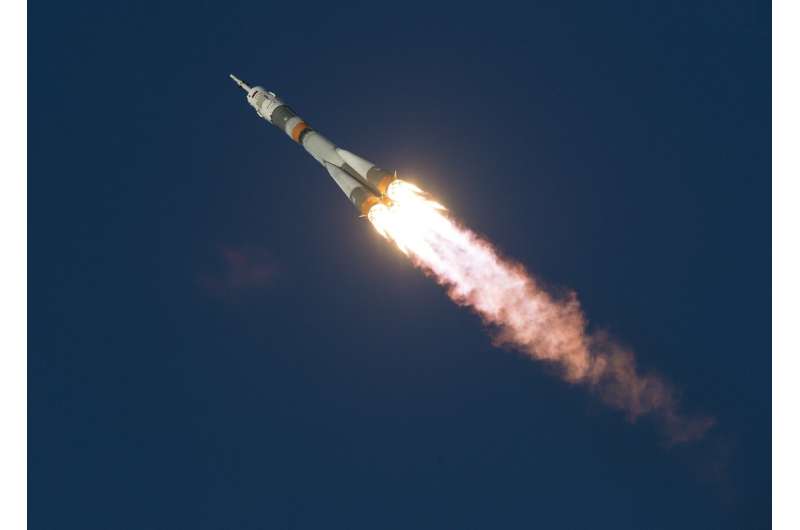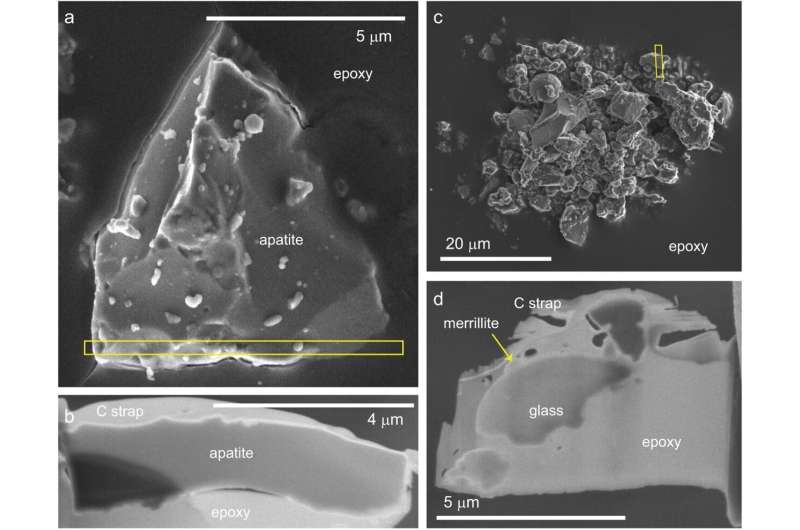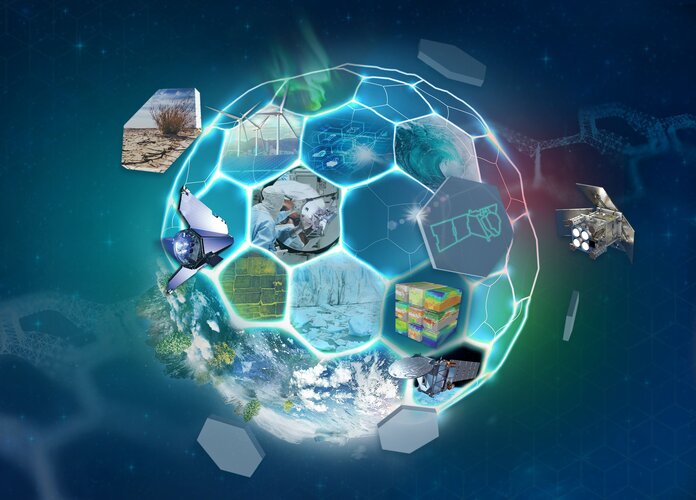
Copernical Team
Does spaceflight increase men's risk of erectile dysfunction?

During missions into space, astronauts are exposed to high levels of galactic cosmic radiation and weightlessness. Simulation experiments in male rats indicated that these aspects of spaceflight can negatively affect vascular tissues relevant to erectile dysfunction, even after a period of long-term recovery.
The research, which is published in The FASEB Journal, indicated that vascular alterations are induced by relatively low doses of galactic cosmic radiation and, to a lesser extent, simulated weightlessness, primarily through increases in oxidative stress. Treatment with different antioxidants could counter some of these effects.
"With manned missions to outer space planned for the coming years, this work indicates that sexual health should be closely monitored in astronauts upon their return to Earth," said corresponding author Justin D. La Favor, Ph.D., of Florida State University. "While the negative impacts of galactic cosmic radiation were long-lasting, functional improvements induced by acutely targeting the redox and nitric oxide pathways in the tissues suggest that the erectile dysfunction may be treatable."
More information: Neurovascular dysfunction associated with erectile dysfunction persists after long-term recovery from simulations of weightlessness and deep space irradiation, The FASEB Journal (2023).
Unlocking Europe’s satellite navigation potential at NAVISP Industry Days

Leading positioning, navigation and timing experts from companies and research institutions across Europe met last week at ESA’s NAVISP Industry Days, a two-day workshop dedicated to discussing trends and opportunities in this field.
North Korea says spy satellite launch successful
 North Korea said Wednesday it had succeeded in putting a military spy satellite in orbit after two previous failures, as the United States led its allies in condemning the launch as a "brazen violation" of UN sanctions.
A rocket carrying the satellite blasted off Tuesday night from North Phyongan province and "accurately put the reconnaissance satellite 'Malligyong-1' on its orbit", state-ru
North Korea said Wednesday it had succeeded in putting a military spy satellite in orbit after two previous failures, as the United States led its allies in condemning the launch as a "brazen violation" of UN sanctions.
A rocket carrying the satellite blasted off Tuesday night from North Phyongan province and "accurately put the reconnaissance satellite 'Malligyong-1' on its orbit", state-ru US 'strongly condemns' N. Korean space launch
 The White House on Tuesday strongly condemned North Korea over its space launch, calling it a "brazen violation" of UN sanctions that could destabilize the region.
The launch "raises tensions, and risks destabilizing the security situation in the region and beyond," National Security Council Spokesperson Adrienne Watson said in a statement.
North Korean state media reported early Wednes
The White House on Tuesday strongly condemned North Korea over its space launch, calling it a "brazen violation" of UN sanctions that could destabilize the region.
The launch "raises tensions, and risks destabilizing the security situation in the region and beyond," National Security Council Spokesperson Adrienne Watson said in a statement.
North Korean state media reported early Wednes Hydrogen detected in lunar samples, points to resource availability for space exploration

Cairt and Wivern Earth Explorer candidates go forward

ESA has reached a significant milestone in its commitment towards a deeper understanding of Earth's dynamic processes and addressing pressing environmental challenges with the selection of two new candidates – Cairt and Wivern – to progress to the next development phase as part of the process of realising the Agency’s eleventh Earth Explorer satellite mission.
SDI Announces New Tech Demo Competition for Government Modernization
 The Space and Defense Innovation (SDI) team has officially announced the launch of its Ignite Competition, a pivotal event designed to bridge the gap between groundbreaking technology and the federal sector's needs. This demo competition presents an unprecedented opportunity for tech companies to directly demonstrate their innovative solutions to key federal sector experts, furthering the U.S.'s
The Space and Defense Innovation (SDI) team has officially announced the launch of its Ignite Competition, a pivotal event designed to bridge the gap between groundbreaking technology and the federal sector's needs. This demo competition presents an unprecedented opportunity for tech companies to directly demonstrate their innovative solutions to key federal sector experts, furthering the U.S.'s University of Helsinki researchers solve cosmic conundrum
 Our own Milky Way galaxy is part of a much larger formation, the local Supercluster structure, which contains several massive galaxy clusters and thousands of individual galaxies. Due to its pancake-like shape, which measures almost a billion light years across, it is also referred to as the Supergalactic Plane.
Most galaxies in the universe fall into one of two categories: firstly, ellipt
Our own Milky Way galaxy is part of a much larger formation, the local Supercluster structure, which contains several massive galaxy clusters and thousands of individual galaxies. Due to its pancake-like shape, which measures almost a billion light years across, it is also referred to as the Supergalactic Plane.
Most galaxies in the universe fall into one of two categories: firstly, ellipt Investigating the contribution of gamma-ray blazar flares to neutrino flux
 Blazars belong to the family of active galactic nuclei called quasars. What differentiates them from quasars is that the flares ejected out of these active galactic nuclei are pointed toward the Earth. These flares contain high-energy cosmic rays which are released from the core of these galaxies as jets spanning many light years. Such cosmic rays can interact with photons to produce subatomic p
Blazars belong to the family of active galactic nuclei called quasars. What differentiates them from quasars is that the flares ejected out of these active galactic nuclei are pointed toward the Earth. These flares contain high-energy cosmic rays which are released from the core of these galaxies as jets spanning many light years. Such cosmic rays can interact with photons to produce subatomic p CAPSTONE marks one year in near rectilinear halo orbit
 Terran Orbital Corporation (NYSE: LLAP) mars the one-year milestone of the CAPSTONE mission in a lunar Near Rectilinear Halo Orbit (NRHO). CAPSTONE, designed, built, and integrated by Terran Orbital and owned by Advanced Space, has demonstrated significant achievements during its mission.
CAPSTONE accomplished its primary objective within the first six months in NRHO, successfully testing
Terran Orbital Corporation (NYSE: LLAP) mars the one-year milestone of the CAPSTONE mission in a lunar Near Rectilinear Halo Orbit (NRHO). CAPSTONE, designed, built, and integrated by Terran Orbital and owned by Advanced Space, has demonstrated significant achievements during its mission.
CAPSTONE accomplished its primary objective within the first six months in NRHO, successfully testing 
